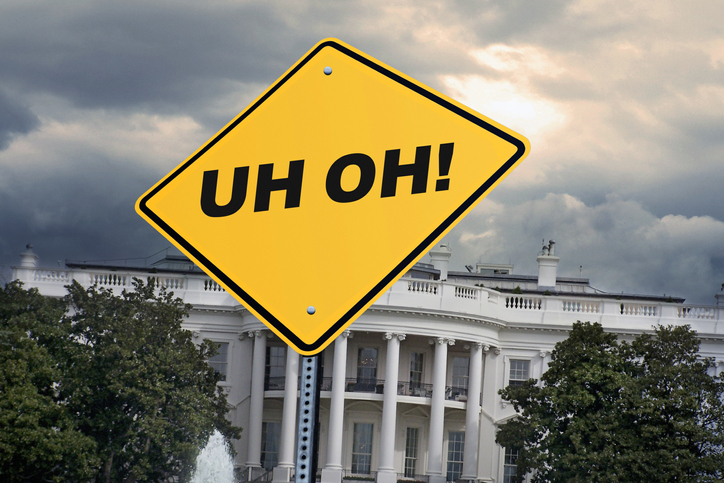Central Banks Bailed Out Markets to Avoid Trillions in Pension Losses
The comments below are an edited and abridged synopsis of an article by Tyler Durden
According to a recent report, pension funds in OECD countries recorded a loss of approximately $2.5 trillion during the stock market meltdown in February/March. Central banks intervened to rescue stock markets and other financial assets to avoid pension returns from going negative.
Bloomberg’s Lisa Abramowicz said the report shows the massive size of pension assets and pointed out why central banks are tethered to bailing out markets: Social infrastructures depend on them not going down too much. If there is a significant drop in asset prices, central bankers are quick to lower interest rates and fire up the printing presses.
In roughly half of OECD countries, pension funds held more than 75% of their portfolios in equities and bonds. Several had an equity allocation over 50% of total investments.
Pension funds in OECD countries totaled $32.3 trillion in assets. The US had the most significant amount of assets in pension funds at the end of 2019 ($18.8 trillion), followed by the UK ($3.6 trillion) and Australia ($1.8 trillion).
Pension fund size in relation to a country’s GDP is concerning. Assets exceeded the size of the domestic economy in five countries: Australia, Iceland, Switzerland, the Netherlands and the UK. The US has unfunded public pension liabilities that amount to $4.9 trillion, or $15,080 per person.
Abramowicz said that meeting those obligations becomes even more difficult if markets tank. There’s a pension issue no matter what markets do, but it becomes more acute if the funds generate negative returns for a sustained period.
The Fed prints money to stabilize financial asset prices no matter how bad the economy gets (mainly so pension returns don’t go negative). The financial economy is being bailed out at the expense of the real economy, which already has record-high stock valuation, tens of millions unemployed, soaring wealth inequality and social unrest.
Central banks are supporting asset prices so pension funds can deliver positive returns. If negative returns surface, the Ponzi implodes and social unrest follows. But we already have social unrest, despite the central-bank-induced V-shaped recovery in financial asset prices. What do central bankers do now?


